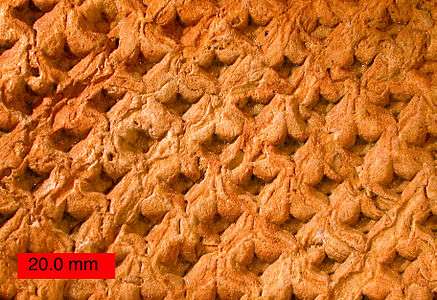Isoetopsida
| Isoetopsida | |
|---|---|
 | |
| Scientific classification | |
| Kingdom: | Plantae |
| Division: | Lycopodiophyta |
| Class: | Isoetopsida |
| Orders | |
| Synonyms | |
|
Glossopsida | |
The Isoetopsida is a class of Lycopodiophyta. All extant species belong to the genus Selaginella in the order Selaginellales or to the genus Isoetes in the order Isoetales. In the past, members of this group sometimes have been placed in the classes Isoetopsida, Selaginellopsida, or Lycopodiopsida. There are c. 700 species of Selaginella and 140-150 species of Isoetes, with a cosmopolitan distribution, but often scarce to rare. Some botanists split Isoetes by separating two South American species into the genus Stylites.[2]
Some prefer the name Selaginellopsida A.B. Frank 1877, which has priority over "Isoetopsida"; the latter was not published until 1885. However, priority does not apply above the rank of family. Recent articles favor "Isoetopsida" because "Selaginellopsida" sometimes is ambiguously used: it may denote the same membership as Isoetopsida as described herein or it may include only the order Selaginellales.
| Lycopodiophyta |
| ||||||||||||||||||||||||||||||

The most famous group within the Isoetopsida is the "scale trees" (order Lepidodendrales), which include Lepidodendron. These massive trees flourished in marshlands of the Carboniferous. Quillworts are considered their closest extant relatives and share some unusual features with these fossil trees, including the development of both wood and bark, a modified shoot system acting as roots, bipolar growth, and an upright stance.[3]
References
- ↑ Rolle, Friedrich (1885). "Kryptogamen". In Förster, W. et al. Encyklopaedie der Naturwissenschaften. 12. pp. 211–277.
- ↑ Jones, David L. (1987). Encyclopaedia of Ferns. Portland, Oregon: Timber Press. pp. 52–55. ISBN 0-88192-054-1.
- ↑ Stewart, Wilson N.; Gar W. Rothwell (1993). Paleobotany and the Evolution of Plants (2nd ed.). Cambridge University Press. pp. 150–153. ISBN 0-521-38294-7.
External links
| Wikispecies has information related to Isoetopsida |